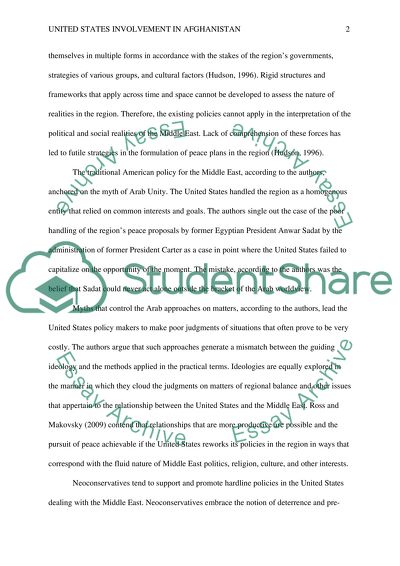Cite this document
(“United States involvement in Afghanistan Research Paper”, n.d.)
United States involvement in Afghanistan Research Paper. Retrieved from https://studentshare.org/history/1466750-united-states-involvement-in-afghanistan
United States involvement in Afghanistan Research Paper. Retrieved from https://studentshare.org/history/1466750-united-states-involvement-in-afghanistan
(United States Involvement in Afghanistan Research Paper)
United States Involvement in Afghanistan Research Paper. https://studentshare.org/history/1466750-united-states-involvement-in-afghanistan.
United States Involvement in Afghanistan Research Paper. https://studentshare.org/history/1466750-united-states-involvement-in-afghanistan.
“United States Involvement in Afghanistan Research Paper”, n.d. https://studentshare.org/history/1466750-united-states-involvement-in-afghanistan.


